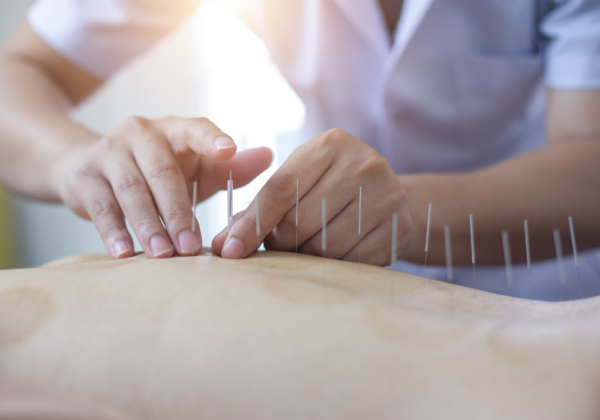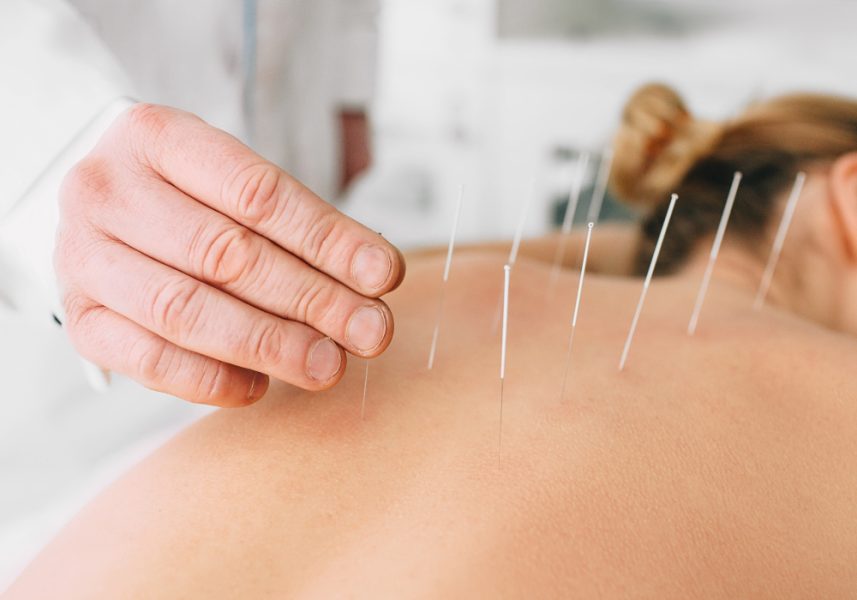In a world where modern medicine often takes center stage, traditional acupuncture stands out as an ancient practice that has withstood the test of time. Originating in China over 2,500 years ago, acupuncture is a key component of traditional Chinese medicine (TCM). It involves inserting thin needles into specific points on the body to balance energy flow and promote healing. For alternative medicine seekers, health enthusiasts, and wellness advocates, understanding traditional acupuncture can open new doors to holistic health.
In this blog post, we’ll explore the rich history of traditional acupuncture, its unique process, and the conditions it can treat. We’ll also take a closer look at what to expect during a session, the benefits and effectiveness of this ancient practice, and how to find a qualified practitioner. By the end, you’ll have a comprehensive understanding of traditional acupuncture and its role in promoting overall well-being.
 Understanding the Traditional Acupuncture Process
Understanding the Traditional Acupuncture Process
Traditional acupuncture is distinct from other forms of acupuncture due to its deep roots in Chinese philosophy and the concept of meridians. Meridians are pathways through which qi (pronounced “chee”), or life energy, flows. According to traditional Chinese medicine, illness occurs when the flow of qi is disrupted or imbalanced. By inserting needles into specific acupuncture points along the meridians, acupuncturists aim to restore the natural flow of qi and bring the body back into balance.
One fundamental difference between traditional acupuncture and other forms of acupuncture lies in the diagnostic process. Traditional acupuncturists often use techniques such as pulse diagnosis and tongue examination to determine the patient’s overall energetic state. These diagnostic methods help the practitioner identify imbalances and decide where to place the needles.
The role of meridians in TCM cannot be understated. There are twelve primary meridians, each corresponding to a major organ system in the body. For example, the lung meridian is associated with respiratory health, while the liver meridian is linked to emotional well-being. Understanding these connections allows acupuncturists to address a wide range of physical and mental health issues through targeted needle insertion.
Conditions Treated with Traditional Acupuncture
Traditional acupuncture is known for its versatility in treating various health conditions. From chronic pain to mental health disorders, this ancient practice offers a holistic approach to healing. Here are some common conditions that can be addressed with traditional acupuncture:
Chronic Pain
Chronic pain is one of the most common reasons individuals seek acupuncture treatment. Studies have shown that acupuncture can effectively reduce pain in conditions such as arthritis, fibromyalgia, and lower back pain. By stimulating specific acupuncture points, acupuncturists can help release endorphins, the body’s natural painkillers, providing relief and improving quality of life.
Mental Health
Traditional acupuncture is also beneficial for mental health conditions like anxiety and depression. Acupuncture helps regulate the nervous system, reduce stress, and promote relaxation. Many patients report feeling calmer and more balanced after acupuncture sessions, making it a valuable complementary therapy for mental health care.
Digestive Disorders
Digestive issues such as irritable bowel syndrome (IBS), acid reflux, and constipation can be effectively managed with traditional acupuncture. By targeting specific points related to the digestive system, acupuncture can improve gut function, reduce inflammation, and alleviate symptoms.
The Traditional Acupuncture Experience
If you’re considering trying traditional acupuncture, it’s natural to wonder what to expect during a session. The experience typically begins with an initial consultation, where the acupuncturist gathers information about your medical history, lifestyle, and current health concerns. This comprehensive assessment helps the practitioner develop a personalized treatment plan tailored to your needs.
Needle Insertion
During the treatment, you will lie comfortably on a treatment table. The acupuncturist will gently insert thin, sterile needles into specific acupuncture points on your body. The sensation of needle insertion varies from person to person, but most people feel minimal discomfort, often described as a slight tingling or pressure.
 Post-Treatment Care
Post-Treatment Care
After the needles are inserted, they are usually left in place for 20 to 30 minutes. During this time, you may feel a sense of relaxation or even drift off to sleep. After the session, the acupuncturist may offer guidance on post-treatment care, such as staying hydrated, avoiding strenuous activity, and paying attention to any changes in your symptoms.
Benefits and Effectiveness
The benefits of traditional acupuncture extend beyond symptom relief. This holistic practice promotes overall well-being by addressing the root causes of health issues and supporting the body’s natural healing processes. Here are some key benefits of traditional acupuncture:
Holistic Approach
Unlike conventional medicine, which often focuses on treating symptoms, traditional acupuncture takes a holistic approach to health. It considers the interconnectedness of the body, mind, and spirit, aiming to restore harmony and balance.
Evidence of Efficacy
Numerous studies have demonstrated the effectiveness of acupuncture in treating various conditions. For example, research published in the Journal of Pain found that acupuncture significantly reduced chronic pain compared to no treatment or standard care. Another study in the Journal of Acupuncture and Meridian Studies showed that acupuncture effectively alleviated anxiety and depression symptoms.
Minimally Invasive
Traditional acupuncture is a minimally invasive treatment with few side effects. When performed by a qualified practitioner, it is generally safe and well-tolerated. Many people find it a gentle and natural alternative to pharmaceutical interventions.
The Importance of Choosing a Qualified Practitioner
Choosing a qualified acupuncturist is crucial to ensure a safe and effective treatment experience. Here are some tips for finding a reputable traditional acupuncture practitioner:
Credentials and Licensing
Ensure that the acupuncturist is licensed and certified by a recognized acupuncture board. In Canada, look for practitioners who are certified by the Canadian Alliance of Regulatory Bodies of Traditional Chinese Medicine Practitioners and Acupuncturists (CARB-TCMPA).
Experience and Specialization
Consider the practitioner’s experience and specialization. Some acupuncturists focus on specific conditions, such as pain management or women’s health, so it’s essential to find one with expertise in your area of concern.
Patient Reviews
Read patient reviews and testimonials to get a sense of the practitioner’s reputation and the experiences of other patients. Positive feedback and word-of-mouth recommendations can be valuable indicators of a practitioner’s competence.
Traditional acupuncture is not just a relic of the past; it is a thriving practice that continues to evolve and adapt to modern healthcare needs. Its holistic approach, evidence of efficacy, and minimal invasiveness make it a valuable treatment option for various health conditions. As more research is conducted and awareness grows, traditional acupuncture is likely to become an even more prominent player in the world of healthcare. If you are considering trying traditional acupuncture, be sure to do your research and find a qualified practitioner to maximize its potential benefits. So remember, when seeking relief from chronic pain or mental health concerns, consider giving traditional acupuncture a try – it may just surprise you with its effectiveness and holistic approach.

